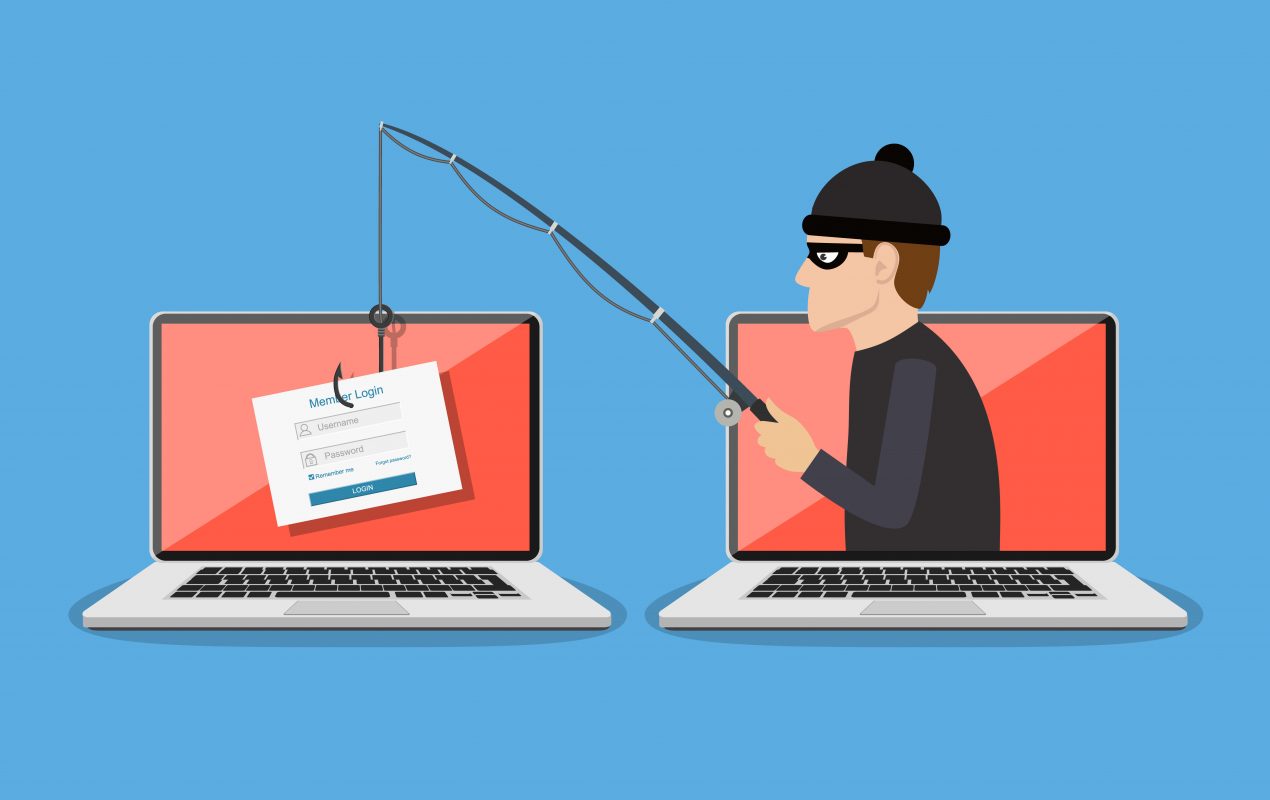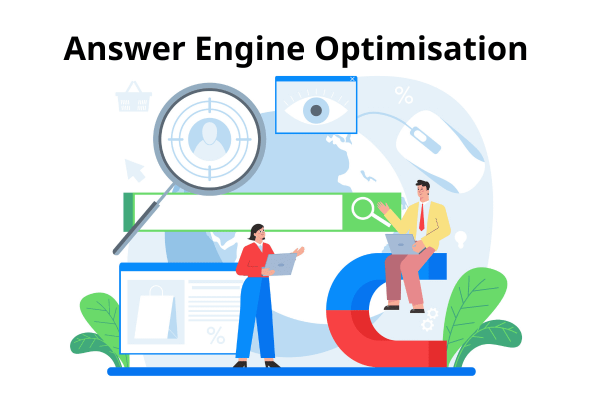In today’s digital age, the internet has become an essential part of our daily lives. However, as we increasingly rely on online platforms, we also expose ourselves to various online dangers. One particularly insidious threat is phishing, a cybercrime that can lead to identity theft, financial loss, and other serious consequences.
What is Phishing?
Phishing is a fraudulent practice where cybercriminals impersonate legitimate organizations or individuals to trick victims into revealing sensitive information, such as passwords, credit card numbers, or social security numbers. This is often achieved through deceptive emails, websites, text messages, or even phone calls that appear to be from trusted sources.
10 Types of Online Dangers to Watch Out For
- Email Phishing: This is the most common type of phishing, where attackers send emails that appear to be from reputable companies, such as banks, online retailers, or service providers. These emails often contain urgent requests for personal information, warnings about account issues, or links to fake websites that mimic the real ones.
- Web Phishing: In this type of phishing, attackers create fake websites that look identical to legitimate ones. They then use various methods, such as email or social media, to lure victims to these fake sites and trick them into entering their login credentials or other sensitive information.
- Spear Phishing: This is a more targeted form of phishing where attackers gather information about specific individuals or organizations to make their attacks more convincing. They may use personal details, such as names, job titles, or recent purchases, to create a sense of familiarity and trust.
- Whaling: This type of phishing targets high-profile individuals, such as executives or celebrities. Attackers often use sophisticated techniques to impersonate colleagues, business partners, or trusted organizations, aiming to steal large sums of money or sensitive corporate data.
- Vishing: This refers to phishing attacks conducted over the phone. Attackers may pose as customer service representatives, technical support agents, or even government officials, trying to trick victims into revealing sensitive information or granting remote access to their devices.
- Smishing: This involves phishing attacks carried out through SMS or text messages. Attackers may send messages that appear to be from banks, credit card companies, or other trusted organizations, asking victims to click on a link or provide personal information.
- Angler Phishing: This type occurs on social media platforms, where attackers create fake accounts or pages to impersonate brands or individuals. They may use these accounts to send phishing messages, respond to customer inquiries with malicious links, or direct victims to malicious websites.
- CEO Fraud: This sophisticated scam targets employees with access to company finances or sensitive data. Attackers impersonate high-level executives and send urgent requests for wire transfers, confidential information, or changes to account details.
- Search Engine Phishing: Attackers create fake websites at the top of search engine results for popular keywords. These sites often mimic legitimate websites to trick users into entering their information or downloading malware.
- Pharming: This tactic redirects users to fake websites by altering the actual IP address of the website, typically through DNS server attacks or modifying the host file on the victim’s computer.

Protecting Yourself from Phishing
Phishing attacks are becoming more sophisticated every day, but by staying vigilant and following these essential tips, you can significantly reduce your risk of falling victim.
- Scrutinize Unsolicited Communication: Be cautious of unexpected emails, texts, or calls requesting personal information. Always verify the sender’s legitimacy before responding or clicking links.
- Double-Check Contact Details: Scammers often mimic trusted entities. Always confirm the sender’s name and contact information independently before acting.
- Inspect Website URLs Closely: Hover over links to reveal the full URL, and scrutinize it for misspellings, unusual domains, or the absence of “https” indicating a secure connection. Before interacting with any website, ensure the URL begins with “https”.
- Protect Sensitive Information: Never enter personal or financial data on unsecured websites. Look for “https” and a padlock icon in the browser’s address bar before submitting any sensitive information.
- Exercise Caution with Links & Downloads: Avoid clicking links or downloading files from unknown sources. If in doubt, err on caution and refrain from interacting.
- Analyze Message Content: Evaluate the message’s language for professionalism, logic, and consistency with a legitimate organization. Watch out for grammatical errors or unusual requests.
- Maintain Updated Software: Keep your operating system, antivirus software, and all applications up-to-date. Outdated software can contain vulnerabilities that hackers exploit.
- Create Strong & Unique Passwords: Use complex, distinct passwords for each online account. Consider a password manager to generate and store them securely.
- Activate Two-Factor Authentication: Enable 2FA whenever available. It adds an extra layer of protection by requiring a second verification step, like a code sent to your phone.
- Exercise Caution on Social Media: Be wary of messages or friend requests from unfamiliar accounts, even if they seem to be from someone you know. Verify their identity independently before clicking links or sharing information.
- Stay Informed: Continuously educate yourself about phishing techniques and other online threats. Share this knowledge with friends, family, and colleagues to create a safer online community.
- Report Phishing Attempts: If you suspect a phishing email, report it to your email provider or relevant authorities. Prompt reporting helps protect others from falling victim.
- Employee Education: Conduct regular cybersecurity training to educate employees about phishing and other cyber threats. Empowered employees are your first line of defense.
- IT Threat Prevention Systems: If budget allows, invest in advanced threat prevention solutions to proactively detect and block phishing attempts before they reach your employees.
Phishing scams are an unavoidable threat in today’s digital landscape, aiming to deceive individuals into sharing sensitive information. Cybercriminals are becoming increasingly sophisticated, but careful observation can often reveal inconsistencies that expose their schemes.
While safeguarding against phishing is crucial, online success requires a multi-faceted approach. For businesses in Vietnam seeking to thrive in the digital landscape, partnering with a trusted digital marketing agency is essential.
At Leading Digital, a professional SEO agency in Vietnam, we’re committed to empowering businesses to achieve measurable online growth. We offer comprehensive digital solutions tailored to your unique needs, from SEO and content marketing to social media and paid advertising. Contact us today to explore how we can help you navigate the digital world with confidence and achieve lasting success.





